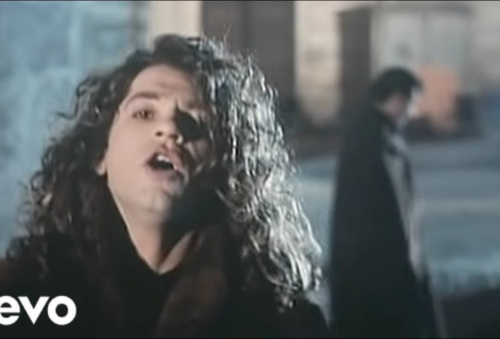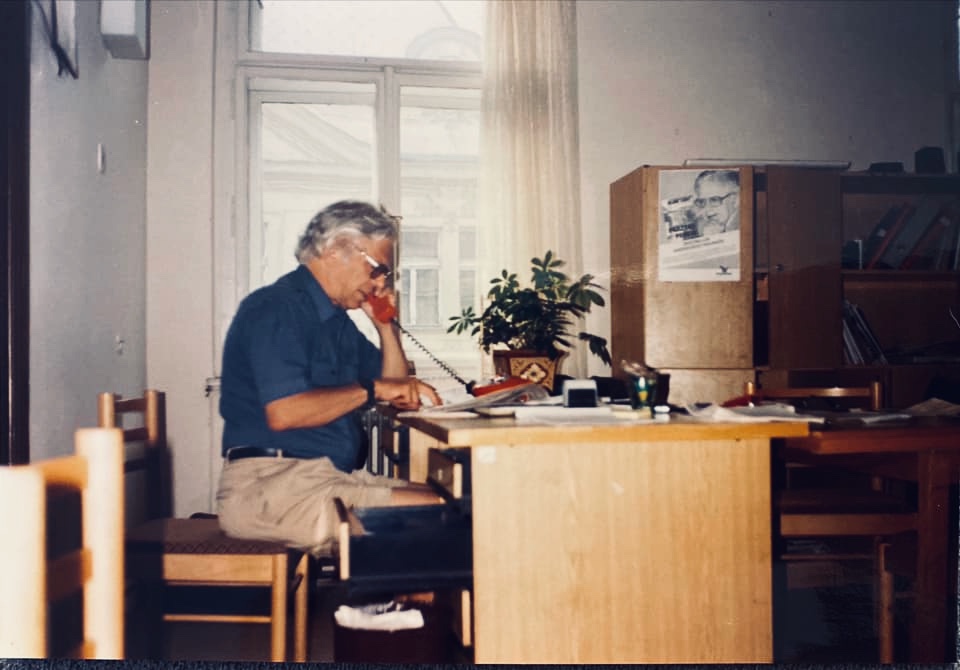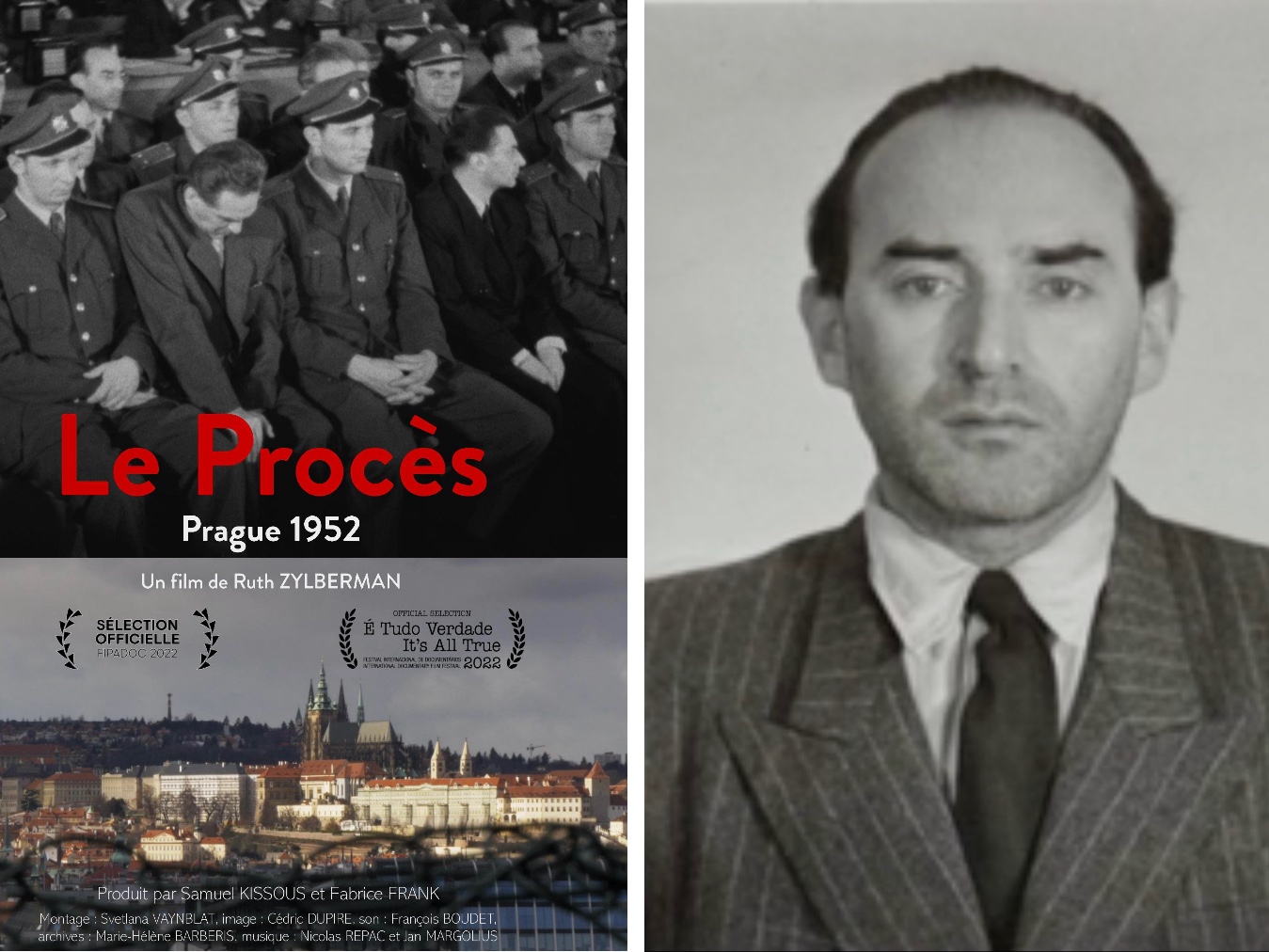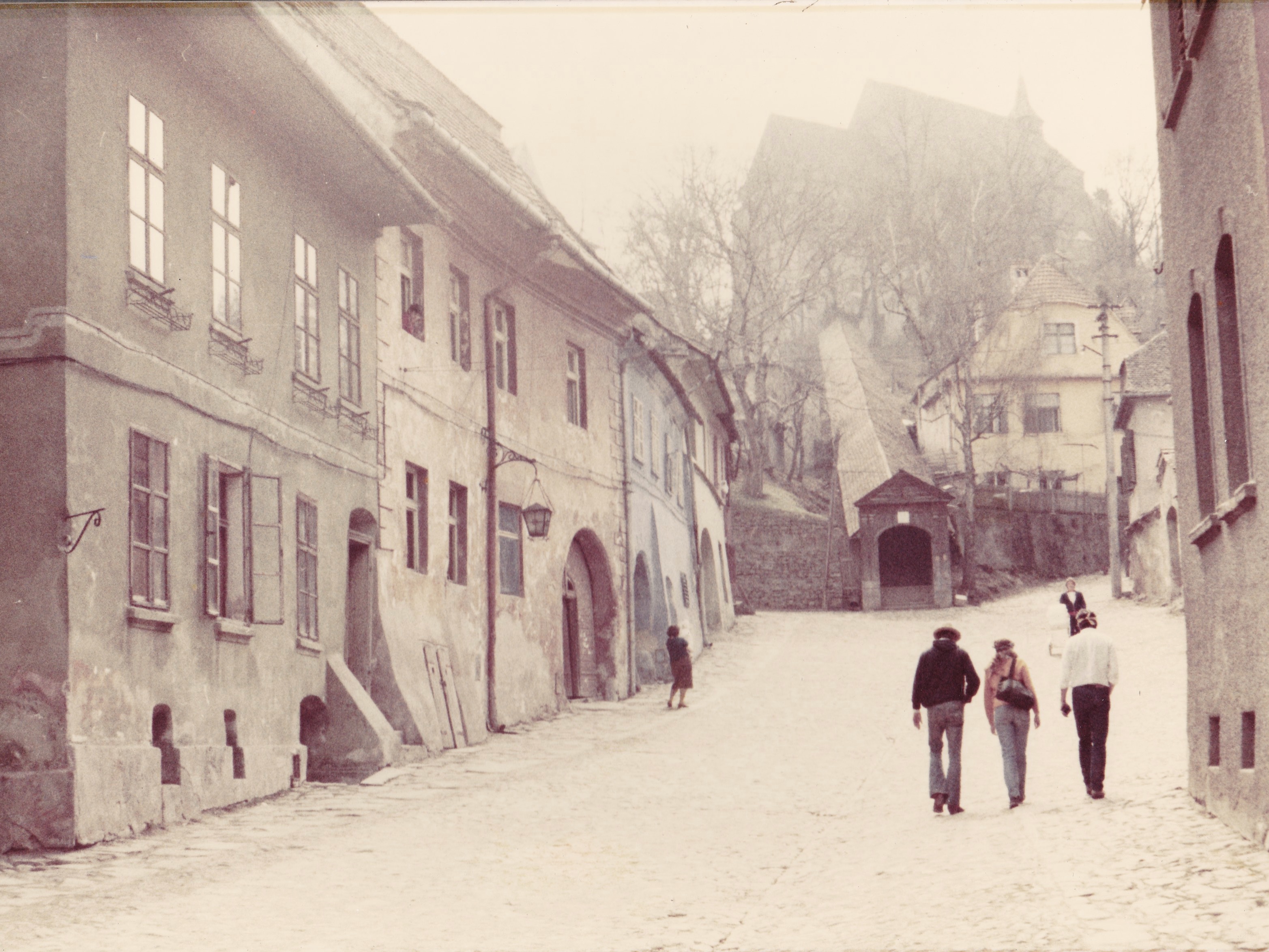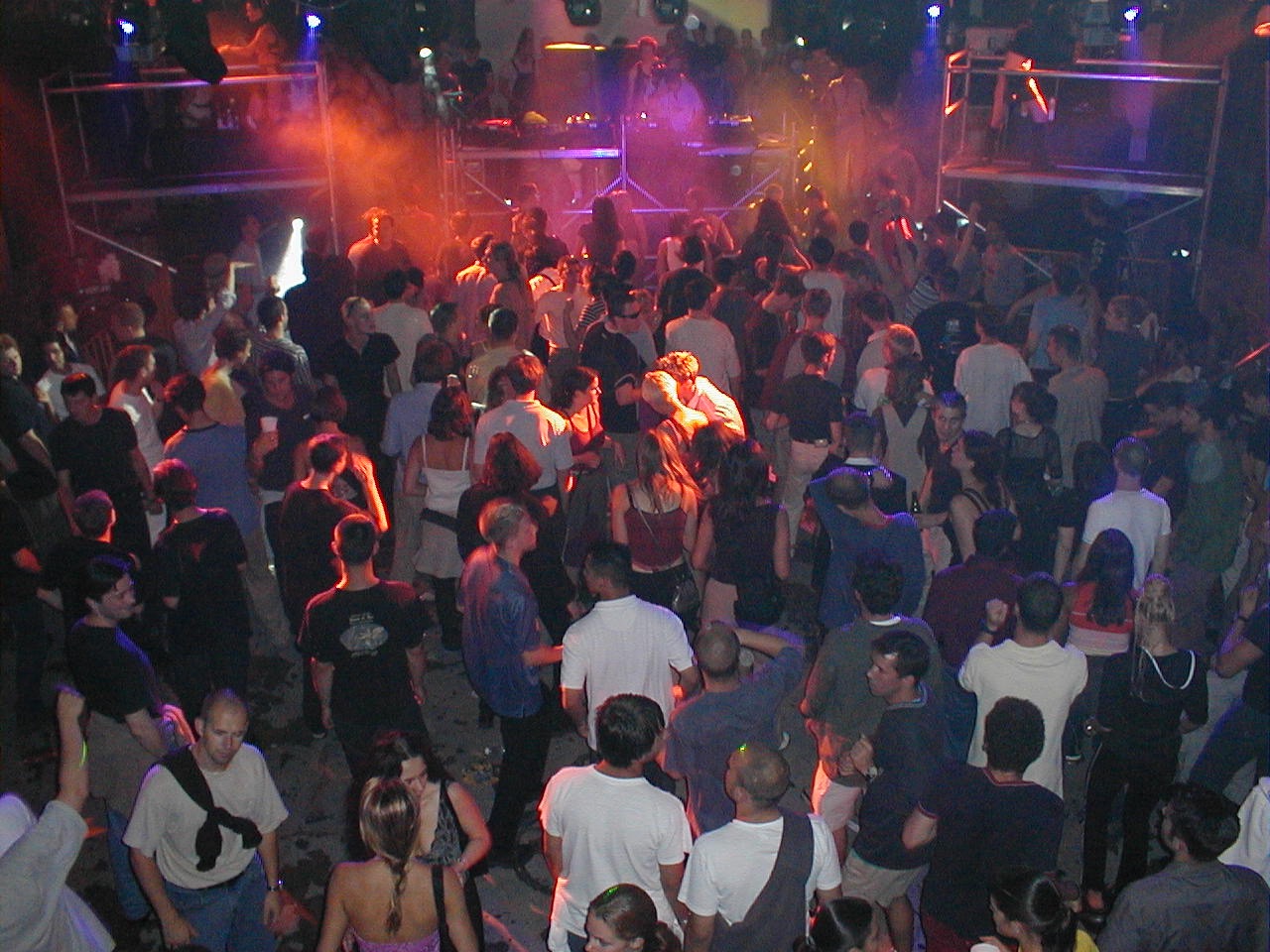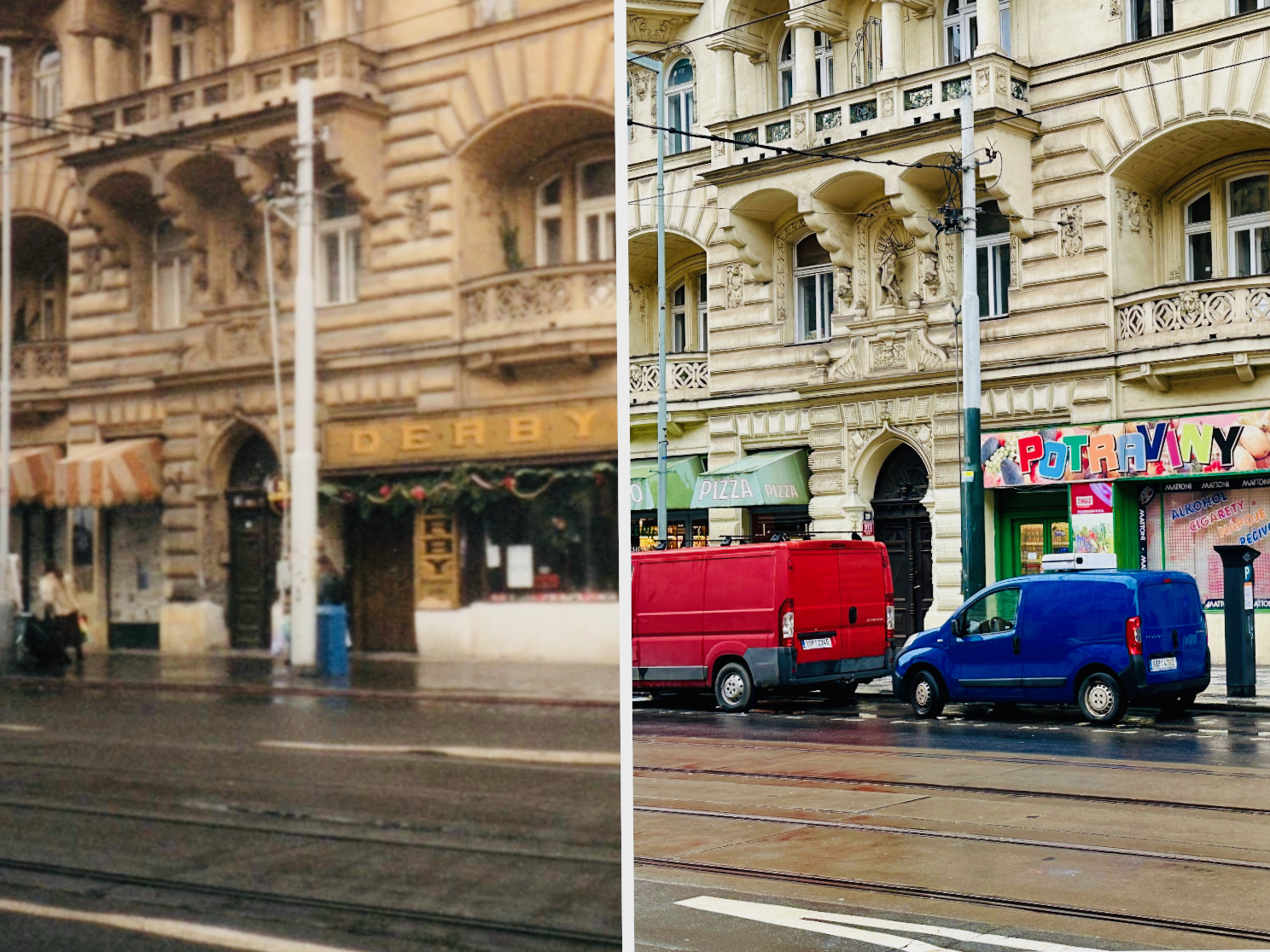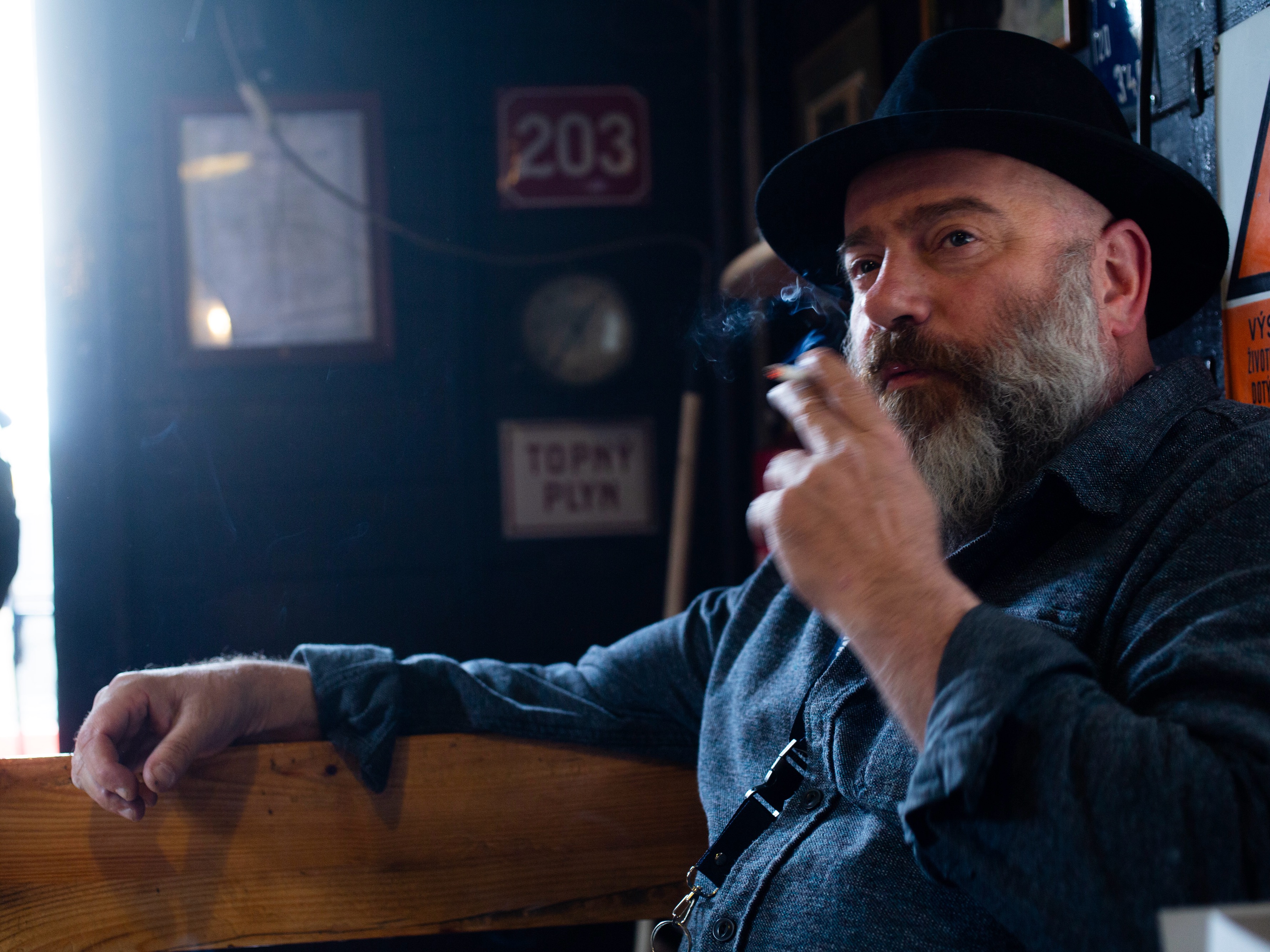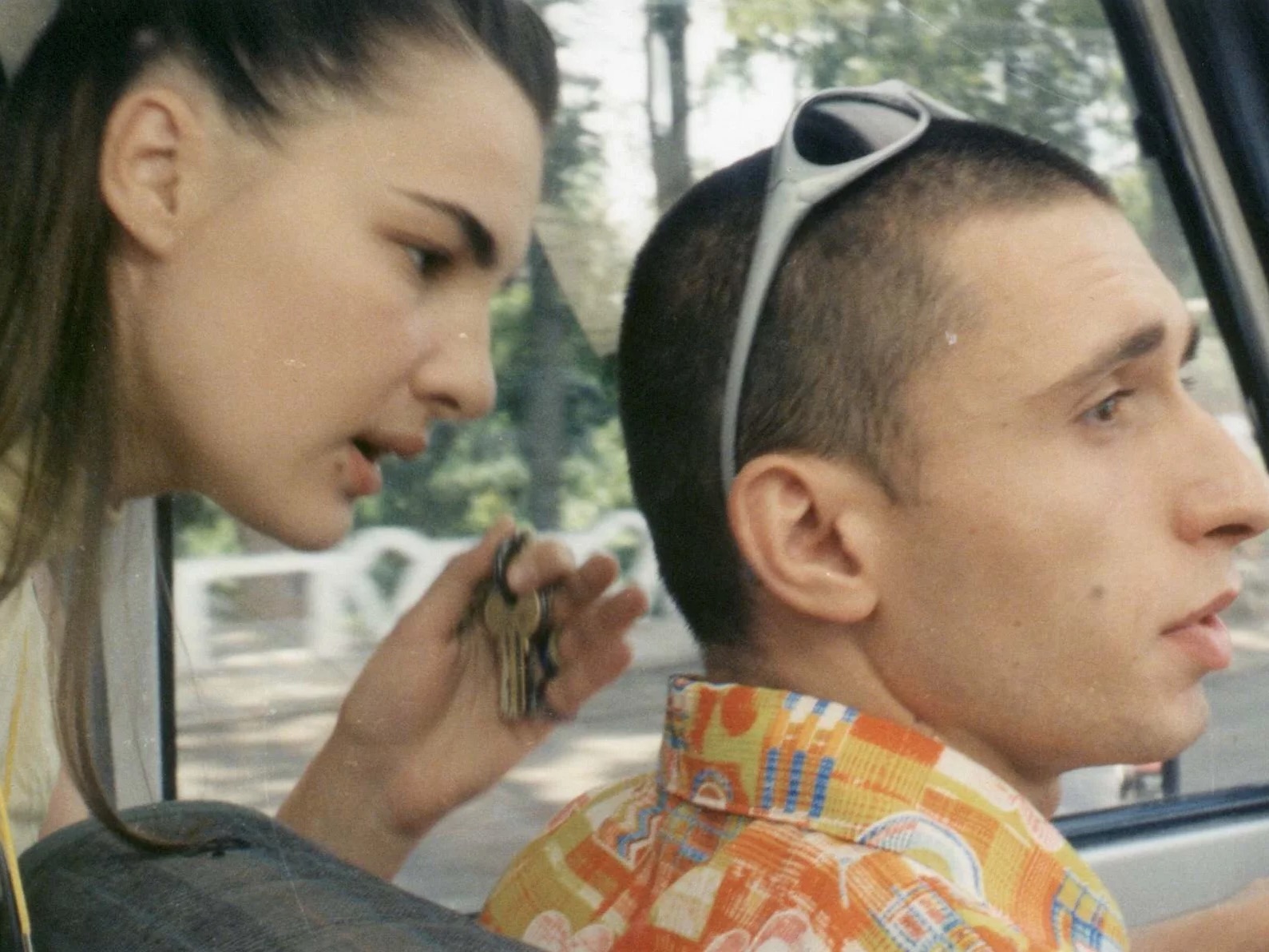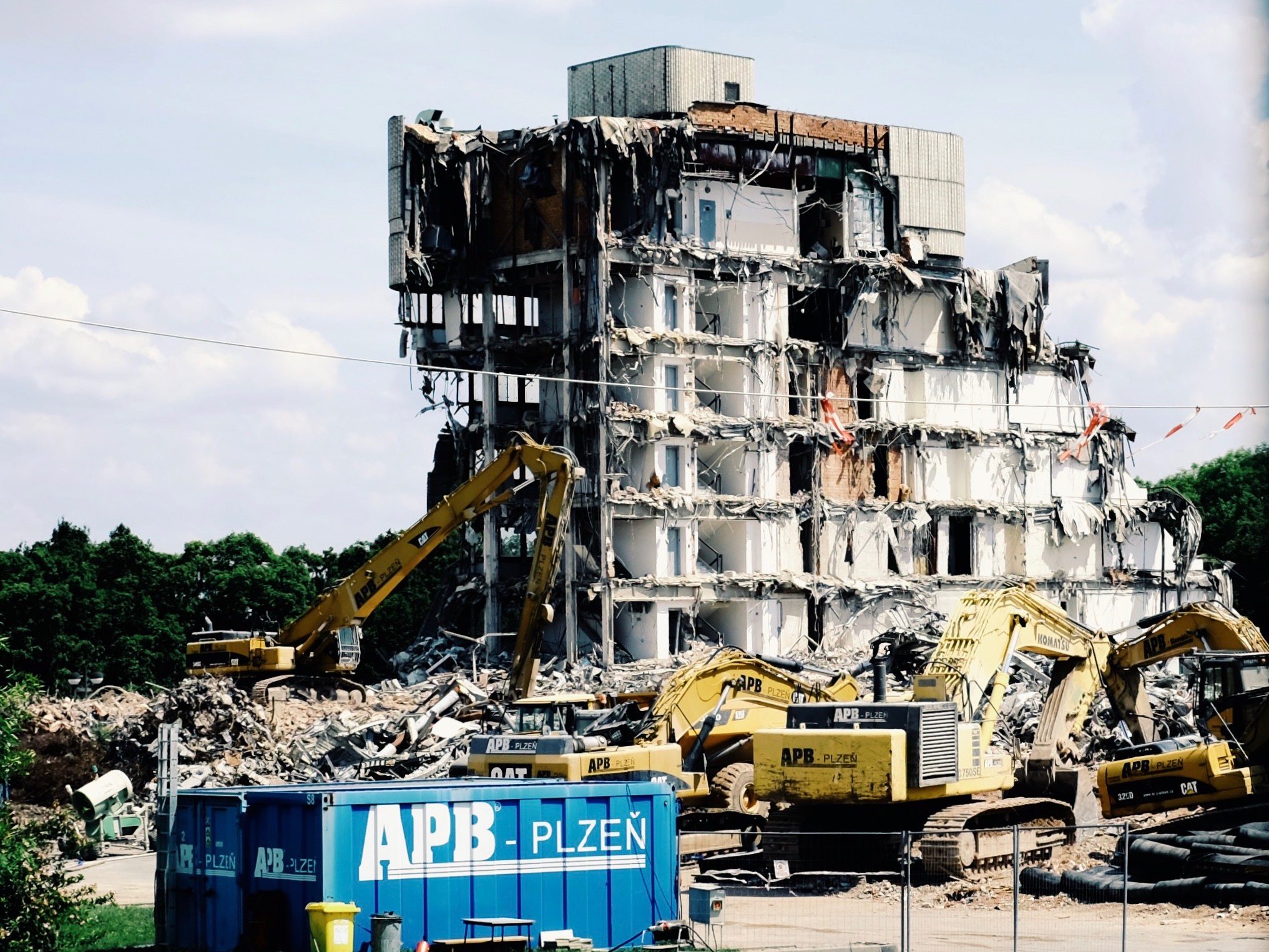Home
One of the epic historical consequences of the 1989 Velvet Revolution – though seldom remarked on – is the return of the age-old trdelník (chimney or “spit” cake) to the streets of Prague. Suppressed by the Nazis during the German occupation as “too Czech” and later banned by the Communists as “too bourgeois,” the trdelník (pronounced: terd-del’-neek) has staged a remarkable comeback. All along the streets of Prague’s Old Town, shops and stands once again proudly sell this ancient treat – this “most Czech” of street-food delights. And the trdelník-mongers haven’t just resurrected the standard-variety spit cake, topped with sugar or cinnamon. They’ve brought back even older versions, featuring ice cream, chocolate and even brownies.
So much of the history of this simple delicacy has been lost over time – airbrushed out of existence. With this post, I’d like to fill in the blanks and share an origin story* of the trdelník, which has proudly re-asserted itself as Prague’s most-beloved, most-Instagrammable street snack. Thankfully, it’s once again possible to ask of visitors: if you didn’t eat a trdelník on your trip, did you actually come here at all?

